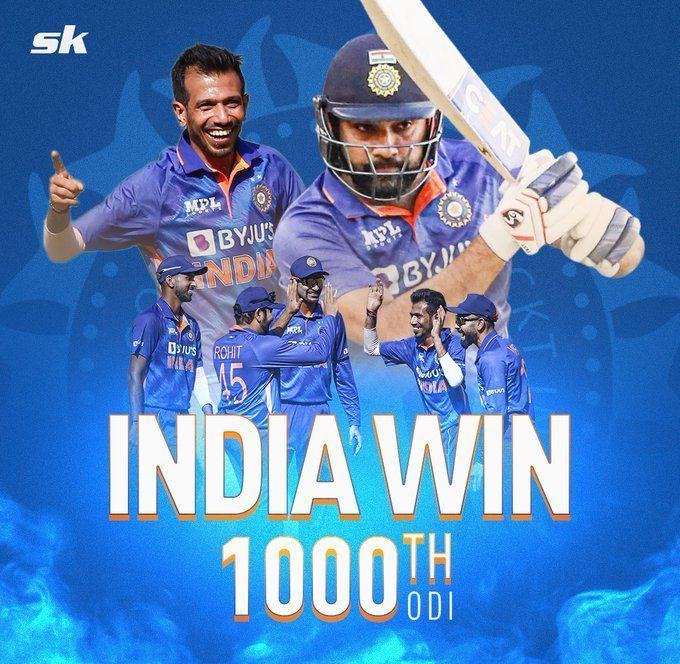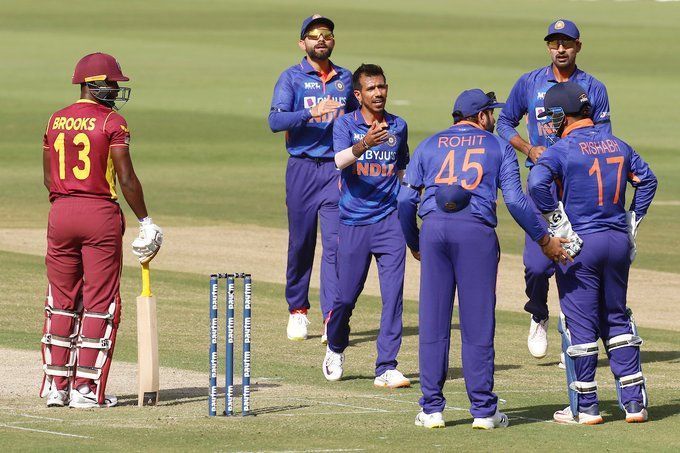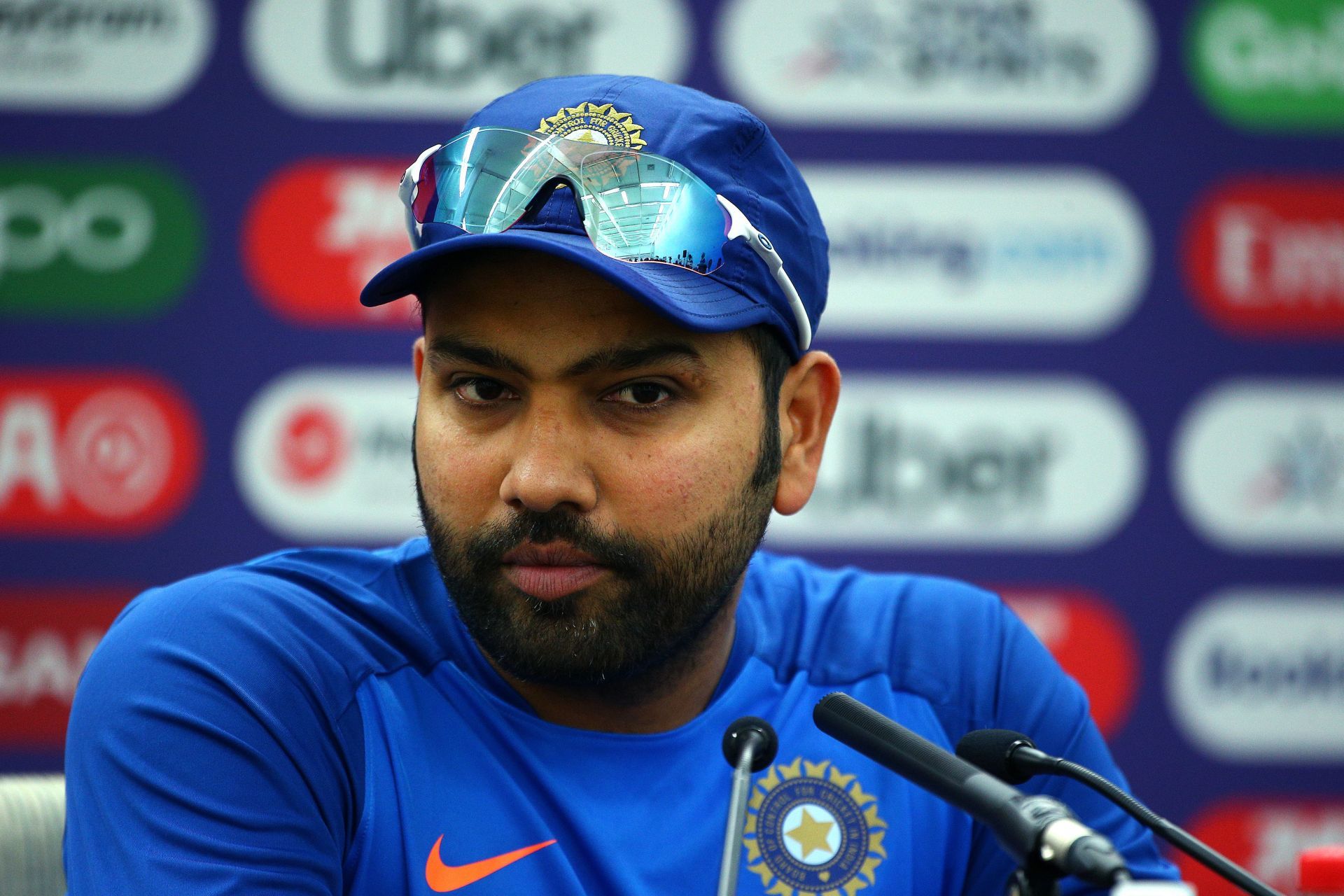
Ind v WI: 3 observations from Rohit Sharma's captaincy in the 1st ODI
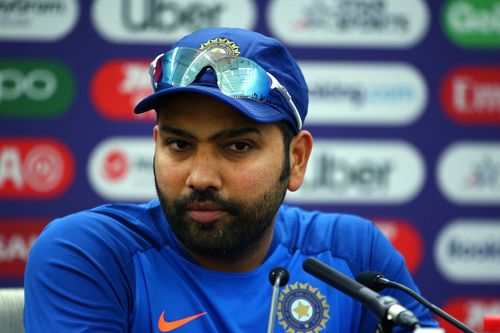
Rohit Sharma's tenure as full-time ODI skipper got off to the perfect start as India beat West Indies by six wickets in Ahmedabad on Sunday. With a 1-0 lead in the three-match series, India head into the second game on Wednesday with confidence and momentum.
Electing to bowl first, India bowled West Indies out for 176 with Jason Holder top-scoring with 57. Leg-spinner Yuzvendra Chahal picked up four wickets for the hosts while off-spinner Washington Sundar scalped three.
In reply, India cruised to the target thanks to skipper Rohit Sharma's sublime 51-ball 60. India completed the chase with 22 overs to spare, winning their milestone 1000th ODI in style.
Three observations from Rohit Sharma's captaincy in the 1st ODI
Rohit Sharma got just about everything right with his players delivering everything he could have possibly asked for in the series opener. On that note, let's take a look at three observations from his captaincy in the first ODI in Ahmedabad:
#1 Rohit sticks to bowling first upon winning the toss
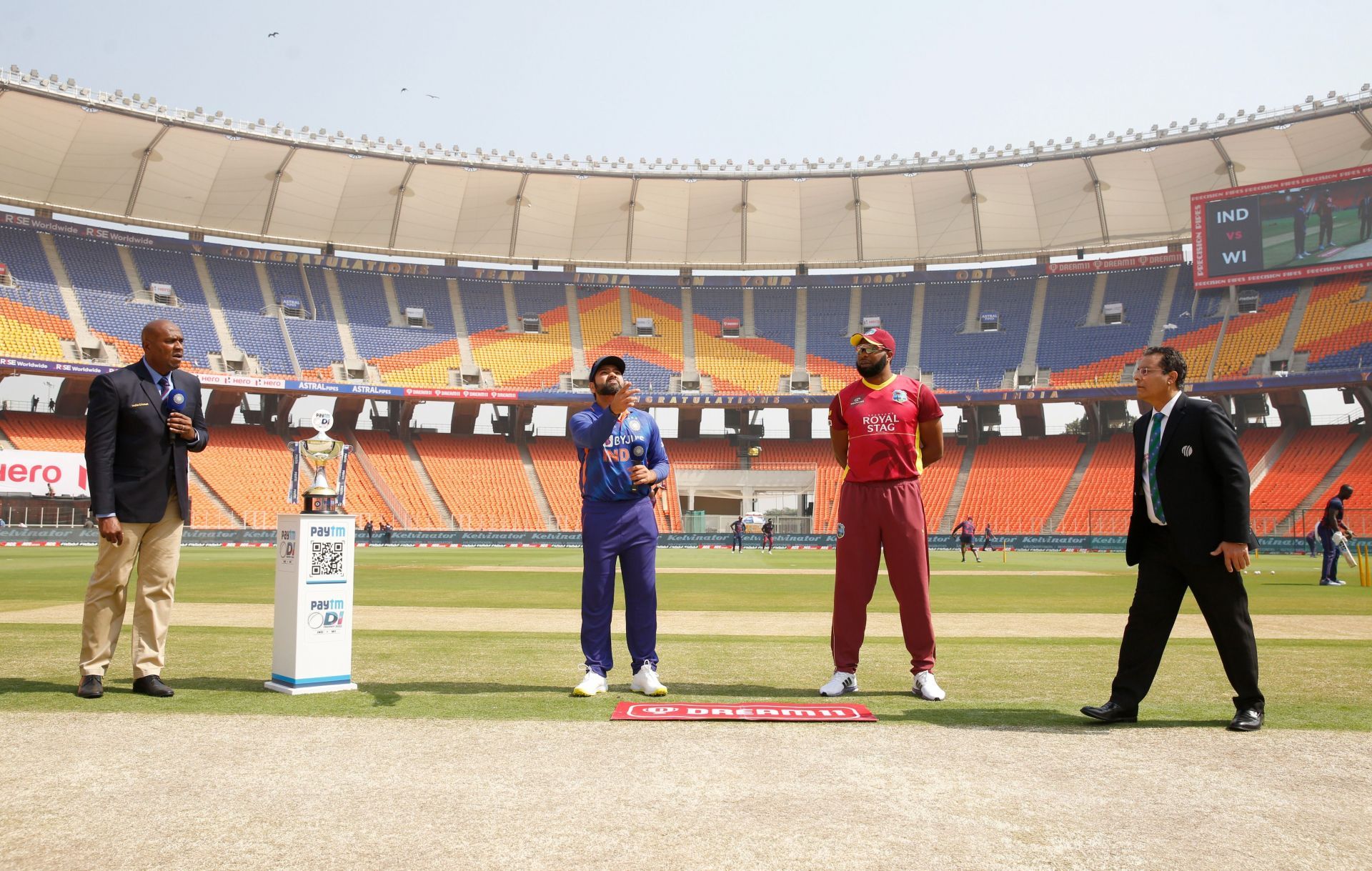
Along the expected lines, Rohit Sharma decided to bowl first upon winning the toss in the first ODI. The move played into India's hands with the spinners running havoc on a track that had some assistance for them.
Thereafter, with the track easing out under lights, the ball came on to bat a lot better and the chase was a stroll in the park for India.
However, Rohit might want to reconsider this decision in the second one-dayer in a bit to challenge his team. Over the years, the Indian team has found chasing under lights as their strongest suit as opposed to defending a score.
Defending a total tends to be a difficult proposition at Ahmedabad with the dew setting in, making the need for a par-plus total inevitable. India's bowling attack is currently a work in progress. In the absence of Jasprit Bumrah, this could be a good opportunity to throw the unit into the deep end of the pool.
India's batters, too, have taken a conservative approach in recent times when it comes to setting up a score. With a long-term vision in mind, it would be ideal if Rohit opted to bat first in the second game should he win the toss again.
#2 His usage of Sundar and Prasidh Krishna
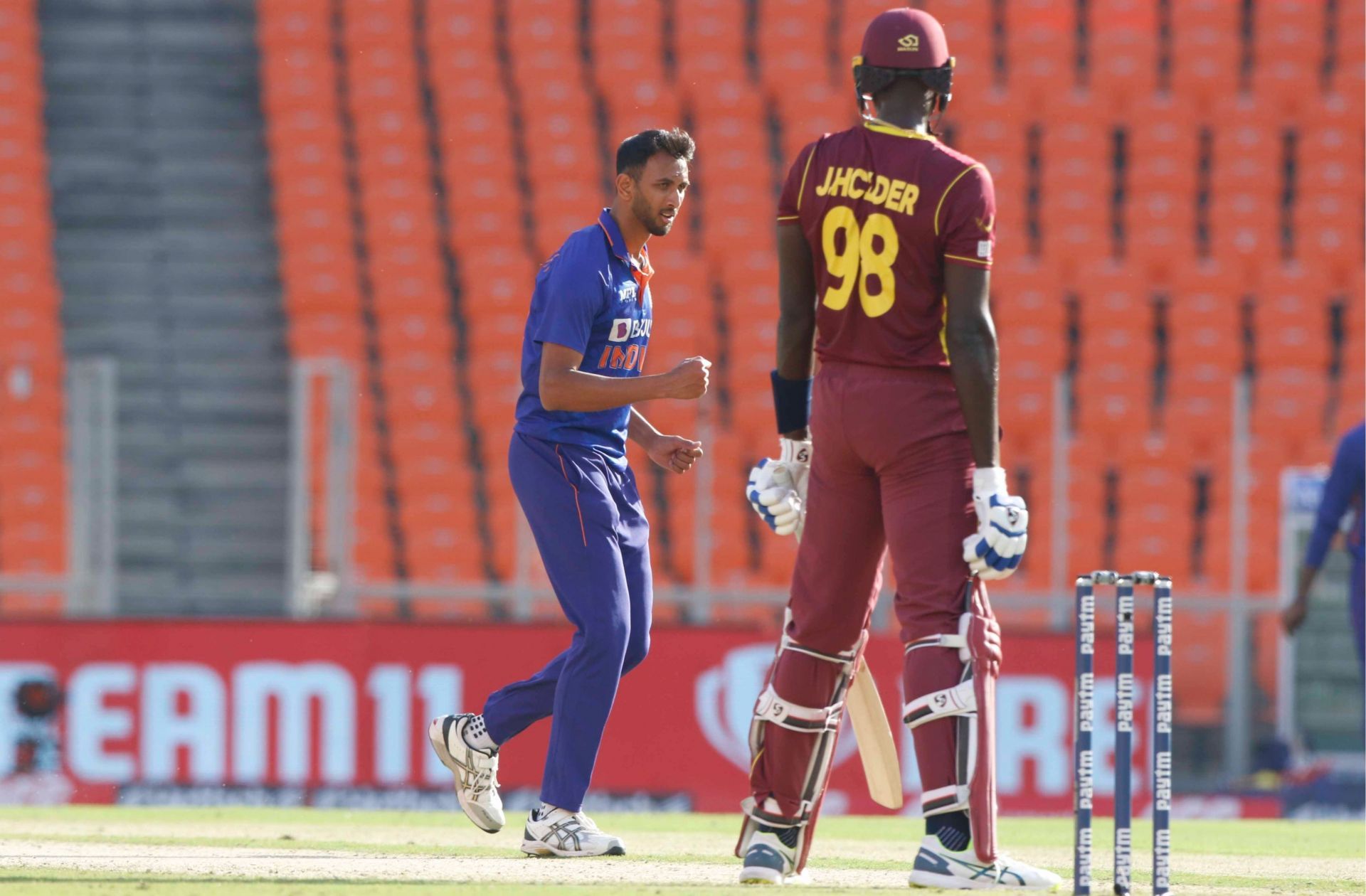
It was intriguing to observe Rohit Sharma's usage of Prasidh Krishna and Washington Sundar in the first ODI. Krishna found it tough to get his radar right, conceding 17 runs in his three-over spell in the Powerplay.
Rohit brought on Sundar in place of Krishna and the offie kept it tight with some immaculate bowling. Having got the odd one to spin as well, Sundar dismissed Brandon King and Darren Bravo in the 12th over to put India in front.
Krishna was then reintroduced in the 17th over and in a five-over second spell, he conceded all of nine runs. Krishna even dismissed Akeal Hosein for a duck with a sharp bouncer that reared off the deck. This furthered his credentials as a potential middle-overs enforcer.
The manner in which Rohit managed to extract the best out of his bowlers, Sundar and Krishna in particular, was one of the game's highlights. While a solitary game is a small sample size, clarity over roles brought the best out of both bowlers.
#3 Spot on with his DRS calls
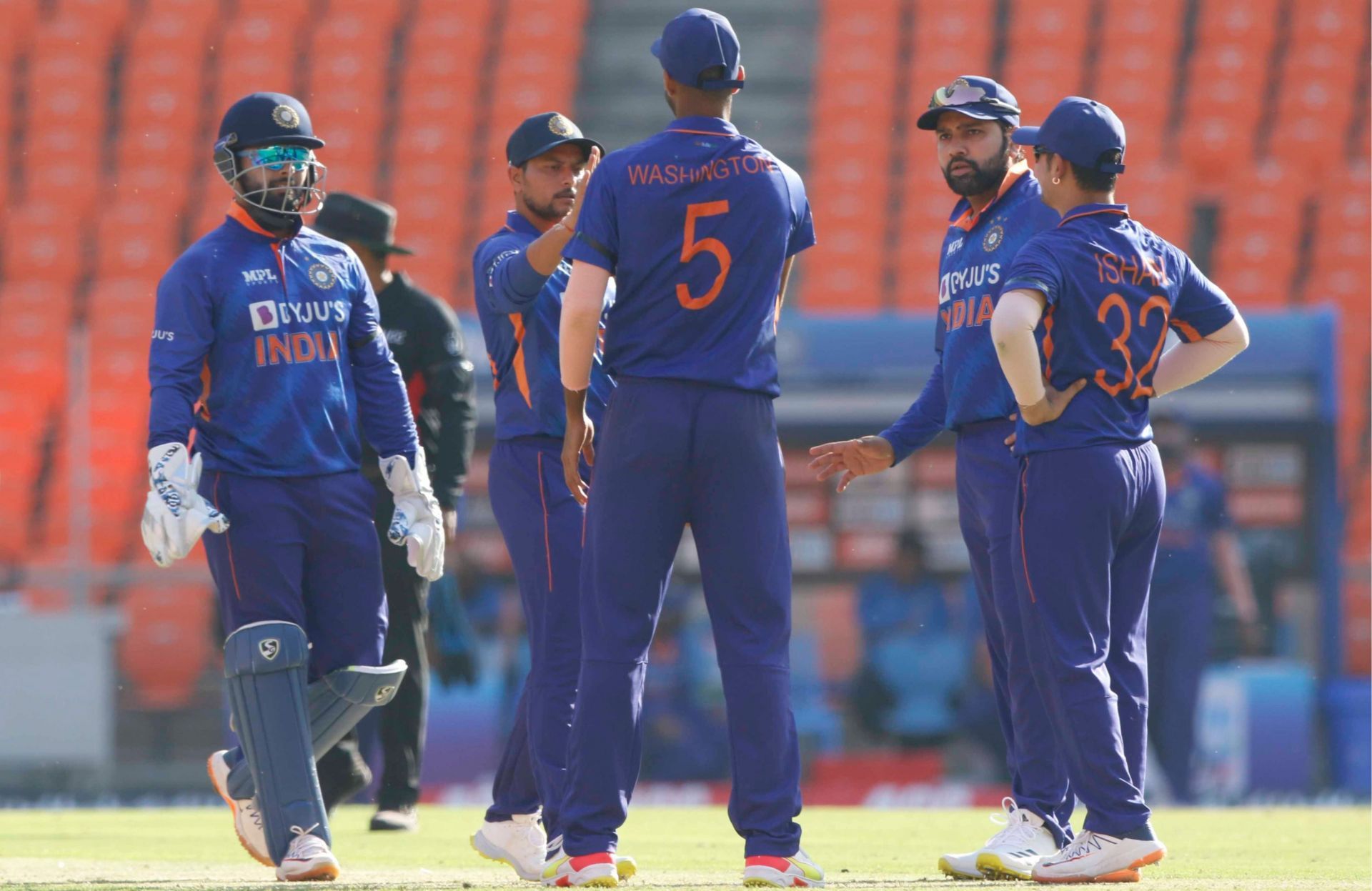
A notable observation from the first ODI was the manner in which India got its DRS calls spot on. Rohit Sharma's involvement of his predecessor Virat Kohli, wicket-keeper Rishabh Pant and the bowlers stood out as a big factor behind the same.
There were three noteworthy incidents in this regard. First up was Washington Sundar trapping Darren Bravo in front, before a successful review from India saw the decision go in their favor. Something very similar transpired with Nicholas Pooran trying to sweep Yuzvendra Chahal, with India reviewing successfully again.
Arguably the best of the lot, though, was the wicket of Shamarh Brooks. Chahal got his leg-break to spin sharply and catch the outside edge although the on-field decision was not out. There were a lot of differing opinions from the fielders regarding the edge. But Chahal and Kohli in particular convinced Rohit into a successful review.
More than the success of the referrals in the first ODI, what stood out was Rohit Sharma's composure in taking his time while referring a decision. A lack of hesitance on his part comes and the collective decision-making that was evident augurs well for the team in reducing the rate of errors.
Also read: What does a successful series against West Indies mean for Rohit Sharma?
